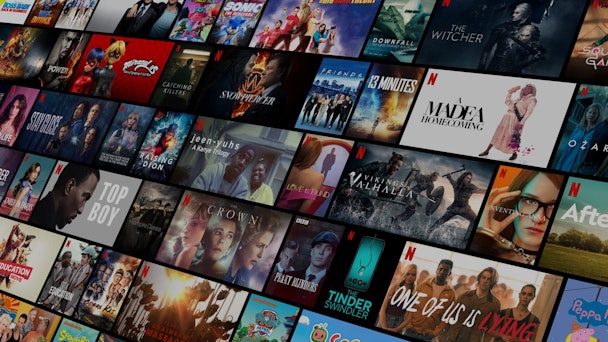India leads as online TV viewing surges across all APAC markets
APAC consumers prefer to watch content on their phones rather than on a TV set and spend more time viewing online than on traditional TV, according to audience research firm GWI.

TV streaming reach is keeping pace with internet penetration growth in APAC, according to GWI
While India has overtaken China as the most lucrative country for marketers due to its large reach (98% of internet users) and high attention numbers (2 hours a day); Chase Buckle, VP of trends at GWI, told The Drum “it would be a mistake to disregard other markets”.
“India is an extremely attractive market for advertisers and marketers,” says Buckle. “As more Indian consumers step into this space, the country is set to have an increasingly bigger impact on wider streaming trends. Services have found success in India by focusing on original content across genres, targeting niche audiences, and catering to its various languages.”
“In APAC, it’s not just about capturing existing demand; it’s also key to position a service for imminent demand; in other words, people who are going online for the first time.
“India, Indonesia, and the Philippines are prime examples of countries that will no doubt see an increasing number of subscribers to streaming services as swathes of people join the online community.
“TV streaming reach has been near universal among online populations in APAC for some years now, even as the number of people online grows. So, it seems TV streaming reach is keeping pace with internet penetration growth in APAC.
“That, in itself, is impressive, but the most organic growth has come from attention,” says Buckle.
Advertisement
“India, Australia and New Zealand saw time spent watching online TV per day grow by around 30 minutes since before the pandemic. In Southeast Asia, we’ve seen growth of around 15 minutes and upwards. 15-30 minutes extra may not seem like much, but in some markets that accounts for a significant increase. When you consider the number of internet users across the region, 15-30 minutes extra per day results in a huge growth in total daily watch time across streaming services.”
Buckle says as attention and reach grow across the region, the importance of pricing, access, and content will be crucial to engaging and retaining local audiences, with local content set to become a significant drawcard.
“Cultural influence is another important factor. Gone are the days when Hollywood had the monopoly on global entertainment preferences. From film to music, APAC countries like South Korea have been quickly stamping their culture across consumers’ entertainment portfolios in every region, especially among younger adults. Half of foreign content viewers globally say they’ve enjoyed content from other countries and want to see more of it.
Advertisement
“We’ve also seen an uptick in people watching Korean dramas and Japanese anime shows, which have not only maintained their popularity but are breaking into many other countries,” says Buckle.
“Streaming services will need to position themselves as the vessels for the content coming out of these emerging cultural hotspots. Some of the most talked-about content comes from these hotspots, meaning marketers must keep a close eye to stay on top of the cultural conversation.”
Suggested newsletters for you
Buckle says it’s crucial that marketers understand the differences in how APAC audiences consume content versus the rest of the world.
“In APAC, we’re seeing a trend that’s different from the rest of the world - more people in APAC stream content on their phones than on a TV set. 57% of people in APAC say that they use their phones/tablets to watch TV streaming services versus 52% on a TV set and 41% on a laptop or desktop.”
However, these trends shift significantly across the region's various markets. While the number of people in APAC using TV subscription services on their mobile phones grew by 33% (excluding China), TV remains the go-to device in Australia, New Zealand, and Vietnam.
“Consumers who stream via TV sets tend to skew older and wealthier than those who stream on their phones. This means that advertisers have a chance at connecting with a valuable part of the non-traditional TV audience. We’re already seeing brands using these insights to their advantage.”
In a further boon for marketers, GWI data reveals APAC consumers are the most likely to approve of ad-supported tiers and claim they would exchange their personal data for free services.
Netflix is the most popular platform in the region and is used by 25% of people, followed by China’s iQiyi with 19%, and Disney Hotstar has 18%.
The news is in stark difference to reports from the UK, where Netflix stands to lose 700,000 subscribers as the cost of living hits customers.

